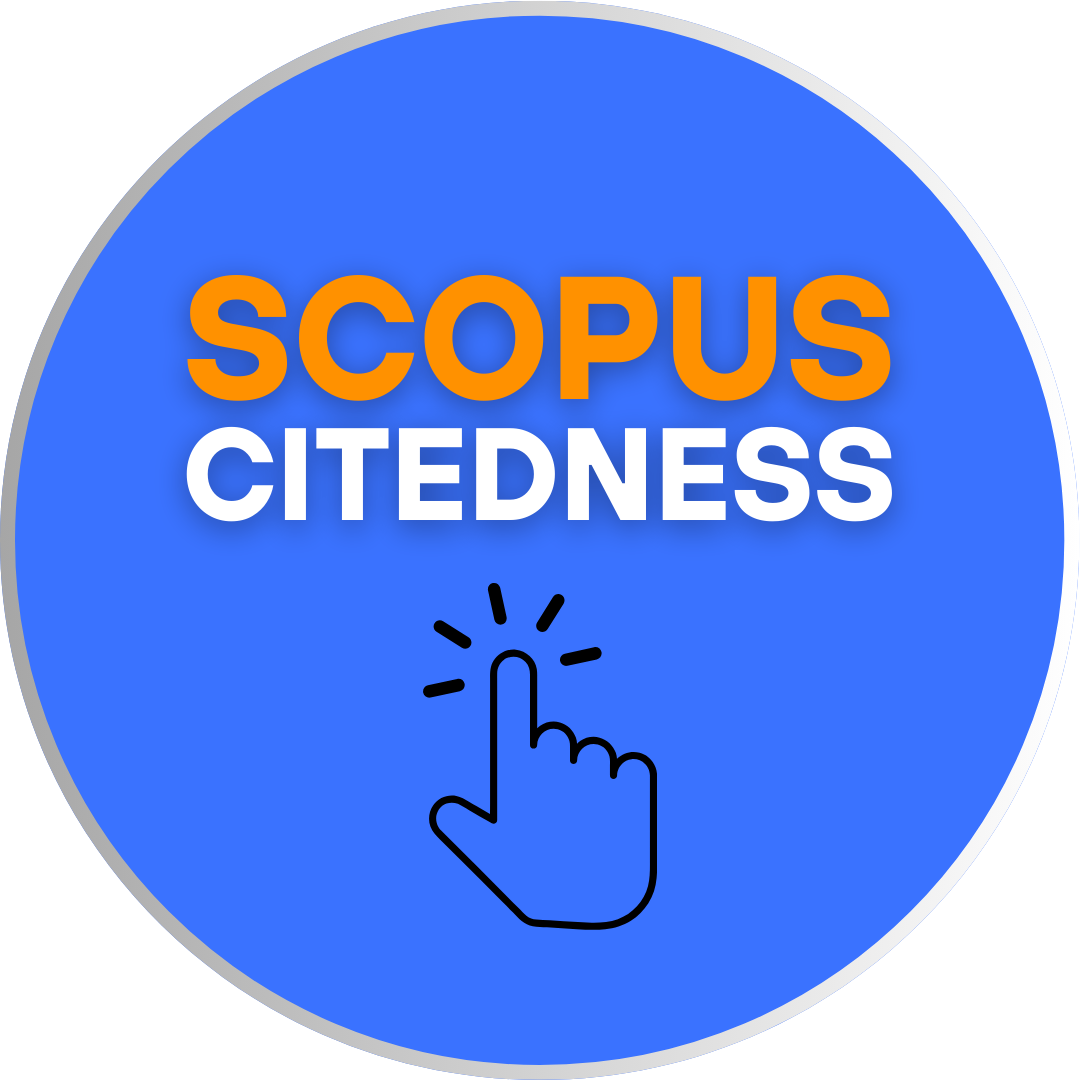Enhancing Language Awareness of Student Teachers through Lesson Plan Creation
DOI:
https://doi.org/10.18592/let.v12i2.10010Keywords:
Lesson Plan, Language Awareness, Student TeachersAbstract
This research aimed to explore the challenges faced by student teachers during Teaching Practice II and examine their strategies for developing language awareness through lesson plan creation. The study employed documentation and interviews as data collection techniques, employing a qualitative case study approach for analysis. The findings revealed several challenges encountered by the students while creating their lesson plans. Firstly, in the Effective Domain, students faced difficulties in writing comprehensive lesson plans and expressed apprehension about making mistakes. Secondly, within the Power Domain, students displayed a lack of interest in identifying indicators and objectives within their lesson plans. Furthermore, in the Cognitive Domain, students encountered challenges in utilizing Bloom's Taxonomy vocabulary effectively. Lastly, within the Performance Domain, students encountered issues in structuring sentences correctly and made grammatical errors in their indicators and objectives. To develop language awareness and create appropriate lesson plans, the researchers identified five strategies employed by the students. Firstly, students needed to cultivate an awareness of natural English usage. Secondly, seeking guidance and consultation from their supervisors or teaching trainers proved beneficial. Thirdly, familiarizing themselves with the lesson plan format at the beginning of Teaching Practice II was essential. Additionally, students should revise their lesson plans based on feedback received from supervisors and teaching trainers. Finally, developing the ability to identify the taxonomies within Bloom's Taxonomy was crucial.References
Bruner, J. S. (1978). The role of dialogue in language acquisition. In A. Sinclair, R. J. Jarvella, & W. J. M. Levelt (Eds.), The child's conception of language. New York: Springer-Verlag
BSNP., (2006). Standar Kurikulum Pendidikan Indonesia. Jakarta: BSNP
Chandio, Muhammad, T., Iqbal, Rabia. Et al. (2016). Bloom’s Taxonomy: Improving Assessment and Teaching-Learning Process. Journal of Educational Development. Vol. 3 No. 2.
Creswell, JW. (2014). Research Design; Qualitative, Quantitative and Mixed Methods Approaches, Fourth Edition. USA: SAGE Publication
Danim, S. (2013). Profesi Kependidikan. Bandung: Alfabeta
David. (2013). Translation as a Method to Develop Language Awareness. Thesis. Austria: University of Debrecen Electronic Archive. http://hdl.handle.net/2437/164118
Donmall, G. (1985). Language awareness. NCLE Papers and Reports No. 6. London: Centre for Information on Language Teaching and Research
Dufva, H., & Salo, O.-P. (2015). Kielten äärellä: kielitietoisuus oppimisen tukena. In O.- P. Salo, & M. Kontoniemi (Eds.) Kohti uutta: 100 vuotta koulun kehittämistä Jyväskylän normaalikoulussa. p. 211-226. Jyväskylä, Finland: Jyväskylän normaalikoulu, Jyväskylän yliopisto.
Goh, C. & Doyle, P. (2014). How do speaking and writing support each other? In R. Silver. & S. M. Lwin. Language in education: Social implications. London: Bloomsbury Academic
Harmer, J. (2001). Coursebooks. A human, cultural and linguistic disaster?. Modern English Teacher, 8/4: 5-10
Hawkins, E. (1984). Awareness of Language: An Introduction. Cambridge: Cambridge University Press
Hizriani, N., Rahayu, P.S., Rusnadi, Murtiana, R., Imani, S., & Nor, H. (2019). Undergraduate Thesis Writing Guide. Banjarmasin: Faculty of Tarbiyah and Teacher Training of Antasari State Islamic University.
James, C. & Garrett, P. (Eds.). (1992). Language awareness in the classroom. London: Longman
Kemendikbud. (2013). Dokumen Kurikulum 2013. Jakarta: Kemendikbud
Kunandar. (2011). Penilaian Autentik (Penilaian Hasil Belajar Peserta Didik Berdasarkan Kurikulum 2013). Jakarta: Rajawali Pers
Larsen, D. (2003). Techniques and Principles in Language Teaching, second edition. London: Longman
Liu, T. (2013). An Analysis of Classroom Language Use of College English Teachers from the Perspective of Teacher’s Language Awareness-Case Study. Jilin: Jilin University
Lwin, S.M. & Silver, R.E. (2014). What is the role of language in education? In R.E Silver. & S.M. Lwin. Language in education: social implications. London: Bloomsbury Academic A&C Black
Mortimer, E. F., & Scott, P. (2003). Meaning Making in Secondary Science Classrooms. Buckingham: Open University Press.
Mulyasa, E. (2009). Implementasi Kurikulum Tingkat Satuan Pendidikan, Kemandirian Guru dan Kepala Sekolah. Jakarta: PT Bumi Aksara
Murcia, MC. (2001). Teaching English as a Second or Foreign Language, third edition. USA: Thomson Learning
Silver, R. E, Raslinda, A.R., & Kogut, G. (2014). How is Language Used for Learning. In Language in Education: Social Implications. A&C Black.
Tomlinson, B. (1994). Pragmatic awareness activities. Language Awareness. Cambridge: Cambridge University Press
Van Lier, L. (2004). The Ecology and Semiotics of Language Learning: A Sociocultural Perspective. Boston: Kluwer Academic.
Downloads
How to Cite
Issue
Section
License
Authors who publish with this journal agree to the following terms:
- Authors retain copyright and grant the journal right of first publication with the work simultaneously licensed under a Creative Commons Attribution License that allows others to share the work with an acknowledgement of the work's authorship and initial publication in this journal.
- Authors are able to enter into separate, additional contractual arrangements for the non-exclusive distribution of the journal's published version of the work (e.g., post it to an institutional repository or publish it in a book), with an acknowledgement of its initial publication in this journal.
- Authors are permitted and encouraged to post their work online (e.g., in institutional repositories or on their website) prior to and during the submission process, as it can lead to productive exchanges, as well as earlier and greater citation of published work.
LET (LINGUISTICS, LITERATURE, AND LANGUAGE TEACHING) http://jurnal.uin-antasari.ac.id/index.php/let/index licensed under a Creative Commons Attribution 4.0 International License.
















